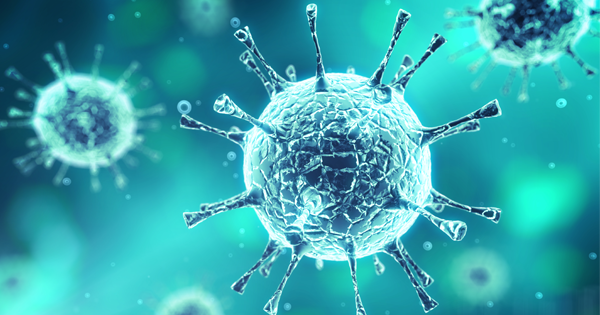Advertisement
You know those disaster movies? The ones where an entire disease, for which we for some reason have no cure, suddenly destroys half the human population?
That might end up being a reality.
One group of researchers is resurrecting pathogens from the last Ice Age, and they’ve found some disturbing news.
They’ve found an amoeba-killing virus, called Mollivirus sibericum, in a chunk of Permafrost in Siberia.
This is the fourth new giant virus of its kind to be discovered over the last twelve years, and scientists think that it’s possible it could come back to life. In fact, they’re trying to bring it back to life.
There’s nothing to worry about just yet, because Mollivirus is benign. However, this is definitely not the only virus in the permafrost of Russia. It’s melting so quickly due to global warming, which means tons of old viruses could thaw and become active again.
Of course, this is all our fault, since we’re the ones drilling the permafrost for resources. And permafrost just has lots of nasty stuff to go around. As the lead researcher Jean-Michel Claverie warns, “Permafrost is not ice. It is much richer in microbes of all kinds, and a much better preserver than ice. Everything is everywhere, as microbes go, and there is no more no less virus there than in other places.”
This means that viruses like smallpox, which have been eradicated so thoroughly that we don’t even get vaccinated for them anymore, could come back for a population that’s no longer protected.
Of course, there’s not that much of a risk. The CDC isn’t all that concerned about it, which means we don’t have to worry about it quite yet.
One microbiologist and infectious disease specialist, Vincent Racaniello of Columbia University, said that viruses in kitchen freezers are more likely to hurt you at this point. “They’re big viruses, they are really interesting, but they do not infect people,” he said in a statement. “Until we have some evidence that there are some viruses there that can infect people, the possibility that there is one there is very low.”
However, Claverie remains concerned that these viruses could hurt us one day.




